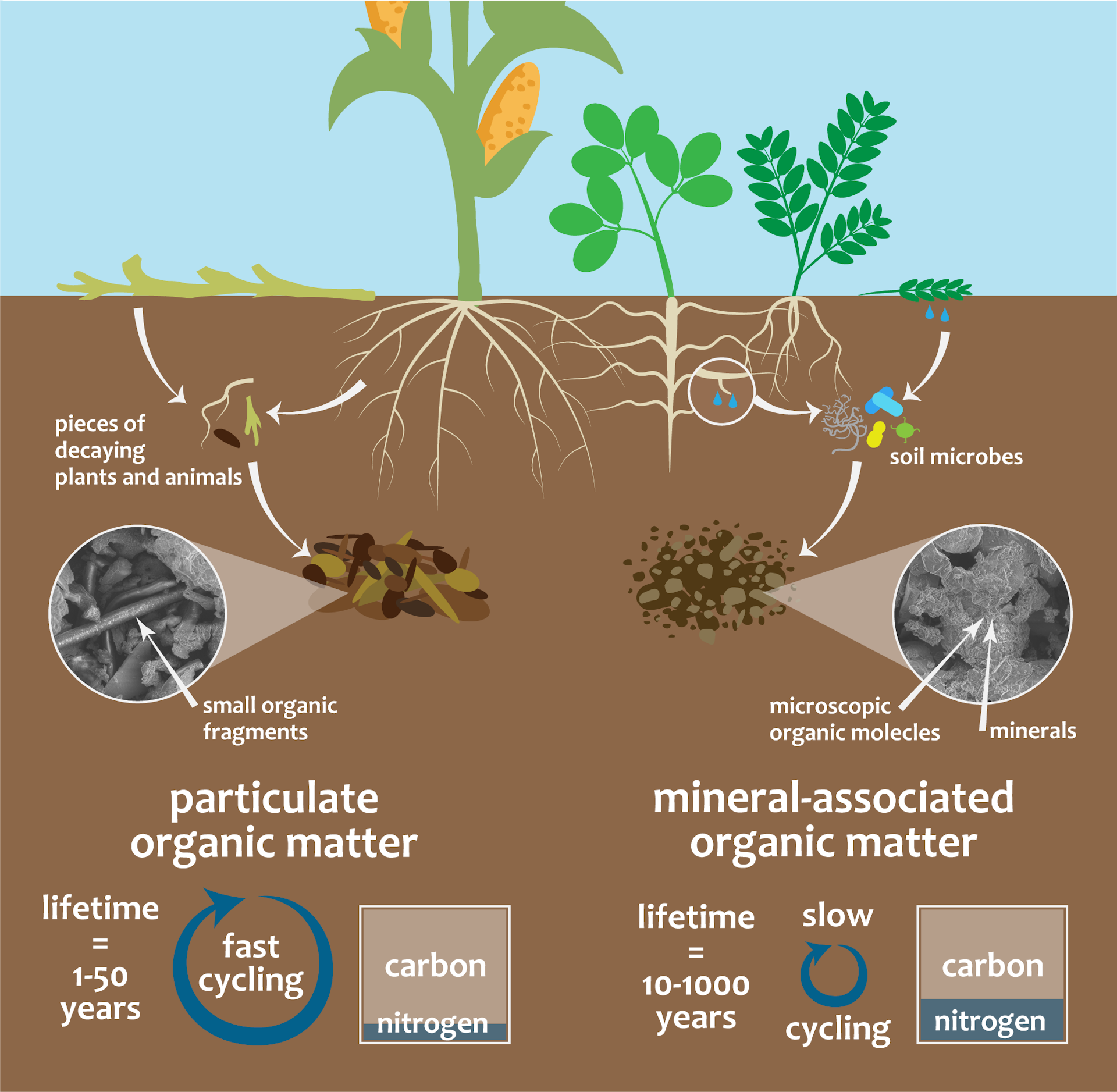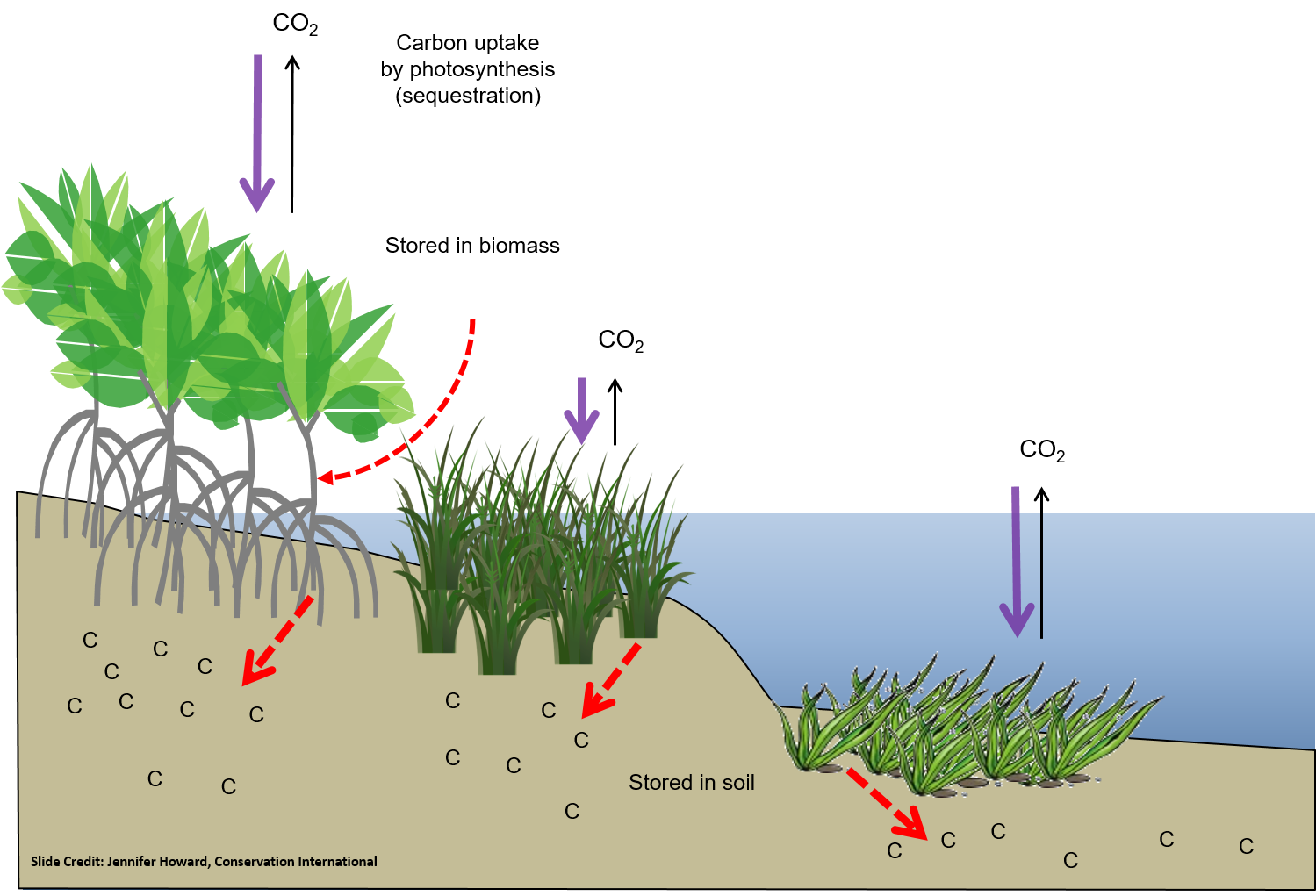
Lastly, DAC describes the process of removing CO2 directly from the atmosphere. This process makes BECCS especially attractive, because it removes carbon while also producing electricity. Essentially, this is how BECCS works: the plants (biomass) pull CO2 from the atmosphere via photosynthesis, the BECCS facilities use the biomass to generate electricity, and all the resulting carbon is captured using CCS. BECCS specifically refers to capturing carbon emitted from facilities that generate electricity through biomass combustion. Still, on the whole, carbon capture technologies reduce the overall amount of carbon emissions by reusing the carbon that otherwise would have been immediately emitted into the atmosphere.īECCS and DAC are two technologies that directly remove carbon from the atmosphere (generating “negative emissions”). Some potential uses (e.g., trapping carbon in cement) could permanently capture the carbon, while other uses (such as adding carbon to soda) would release the carbon back into the atmosphere. These re-utilization technologies sometimes result in the captured carbon being released back into the atmosphere, depending on how the carbon is used. These uses range from enhanced oil recovery to forming “soda bubbles” (as noted by Sen. CCUS is the same process as CCS, but it allows for the captured carbon to be used for other purposes (which can make carbon removal more profitable and so more practical).

This is because the technology behind CCS and CCUS is very similar to the technology employed to remove carbon through BECCS and DAC.ĬCS is generally the most basic type of carbon removal – it is the process of trapping carbon from streams of pollution and storing it, usually miles underground.

While CCS and CCUS are technically considered emission mitigation techniques (they do not remove carbon directly from the atmosphere, per se), they are still crucial to understanding carbon removal generally. The most common technological forms of carbon removal include: carbon capture and storage (CCS-the "S" can also stand for sequestration), carbon capture, utilization, and storage (CCUS), bioenergy with carbon capture and storage (BECCS), and direct air capture (DAC). Improving agricultural land management techniques is another way to increase carbon uptake and storage.Ĭarbon removal can also be achieved through technology that actively removes carbon from the air. Afforestation (planting trees in places naturally without trees) and reforestation (planting trees in deforested areas) are common practices that can enhance carbon uptake. While these carbon removal systems are (by definition) naturally occurring, there are policies that can be implemented to maximize the natural uptake of carbon. “ Blue carbon” is a similar phenomenon, but describes the storage of carbon in coastal and ocean ecosystems, such as intertidal saltmarshes, mangrove forests, and seagrass meadows. This can be accomplished through “carbon sinks ” specifically, through land-based carbon sinks and “blue carbon.” Land-based carbon sinks describe the large swaths of forests, wetlands, agricultural lands, and soil that pull CO2 from the air and store it in their biomass (UNEP, p.60). According to the Center for Carbon Removal, the strategies to remove carbon are generally split into two categories: natural carbon removal and technological carbon removal.Ĭarbon removal by naturally occurring processes is simply the uptake and storage of carbon dioxide (CO2) by our ecosystems. The United Nations' Intergovernmental Panel on Climate Change (IPCC), in its fifth assessment report, found that many climate models can only meet the two-degree Celsius goal when carbon removal strategies are included among the potential policy options (IPCC, p.16).Ĭarbon removal can take many different forms.


Environment & Energy Congressional Round-UpĪs global carbon dioxide emissions continue to rise, many researchers and policymakers have concluded that removing carbon from the atmosphere will be necessary to keep the rise in global temperatures below two degrees Celsius – as agreed to in the Paris Climate Agreement.House and Senate Renewable Energy & Energy Efficiency Caucuses.Congressional Renewable Energy and Energy Efficiency EXPO.National Security and Energy Independence.


 0 kommentar(er)
0 kommentar(er)
